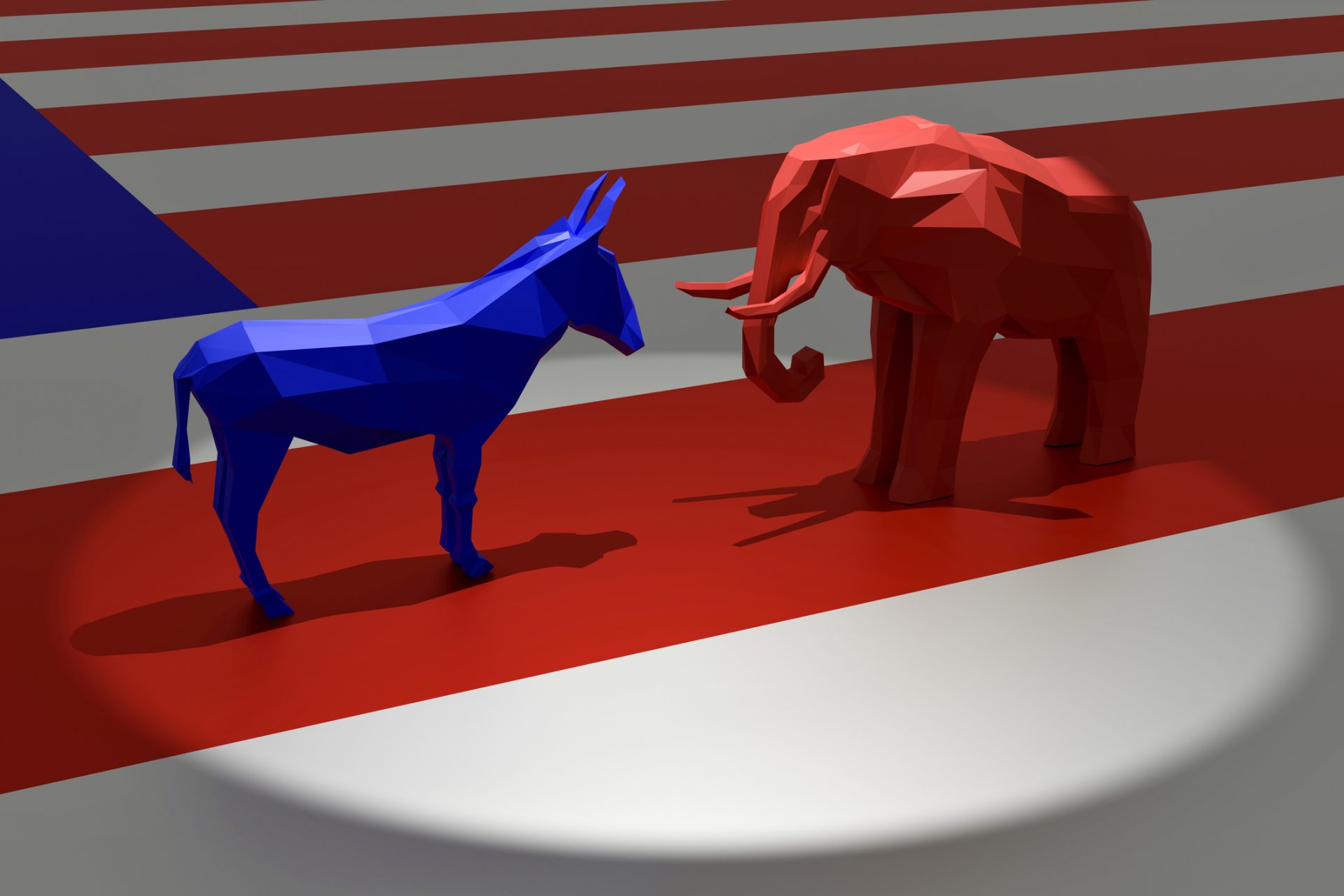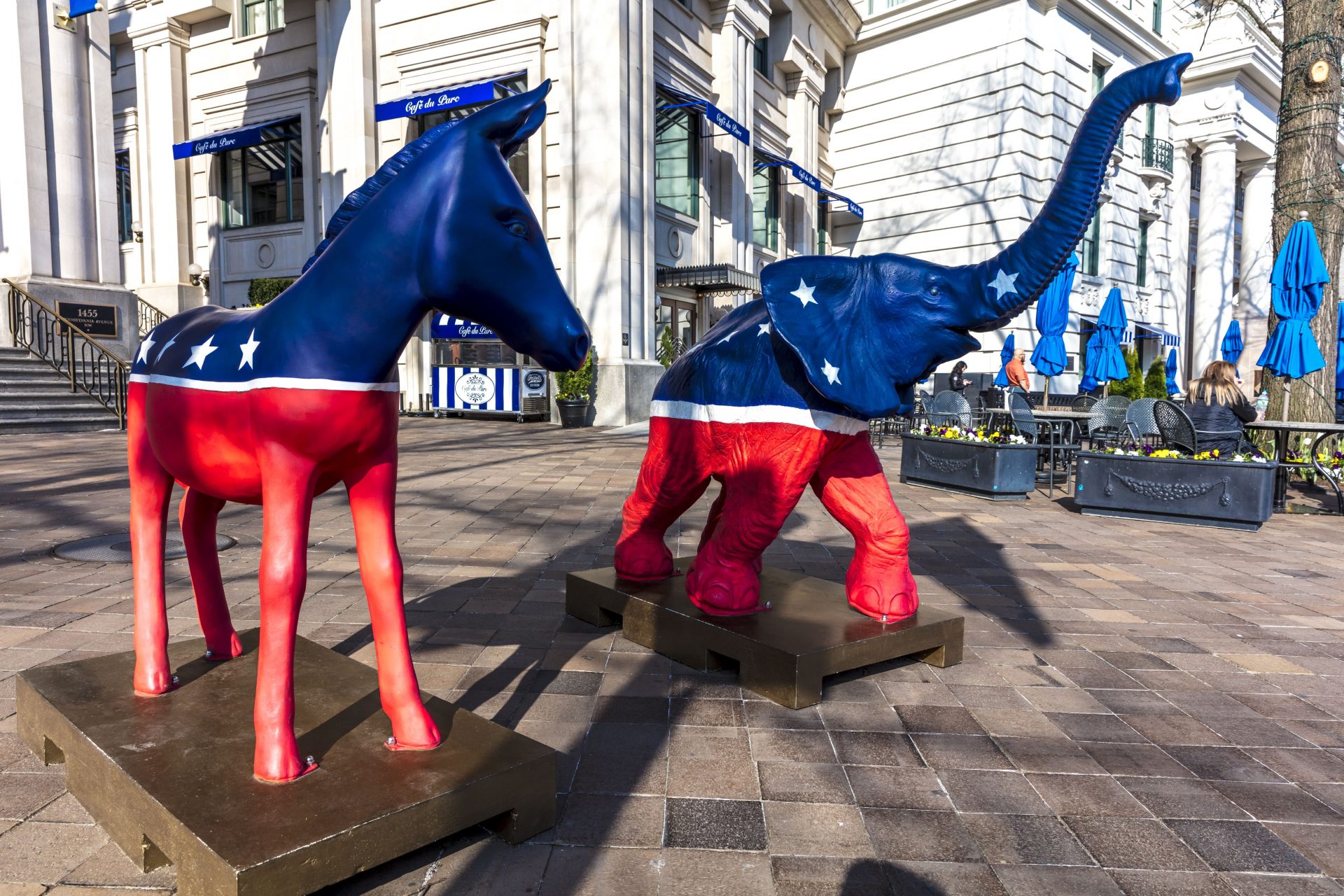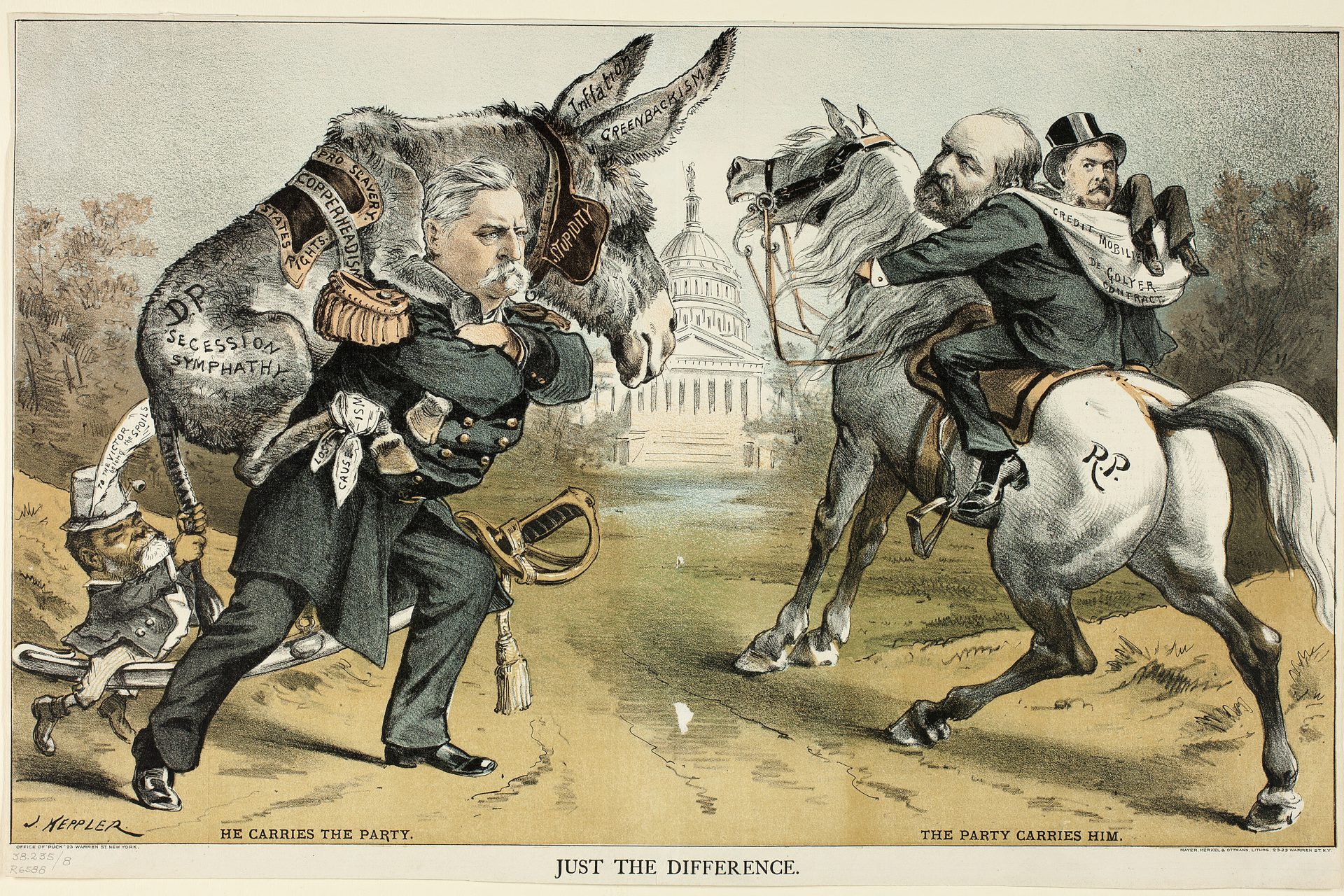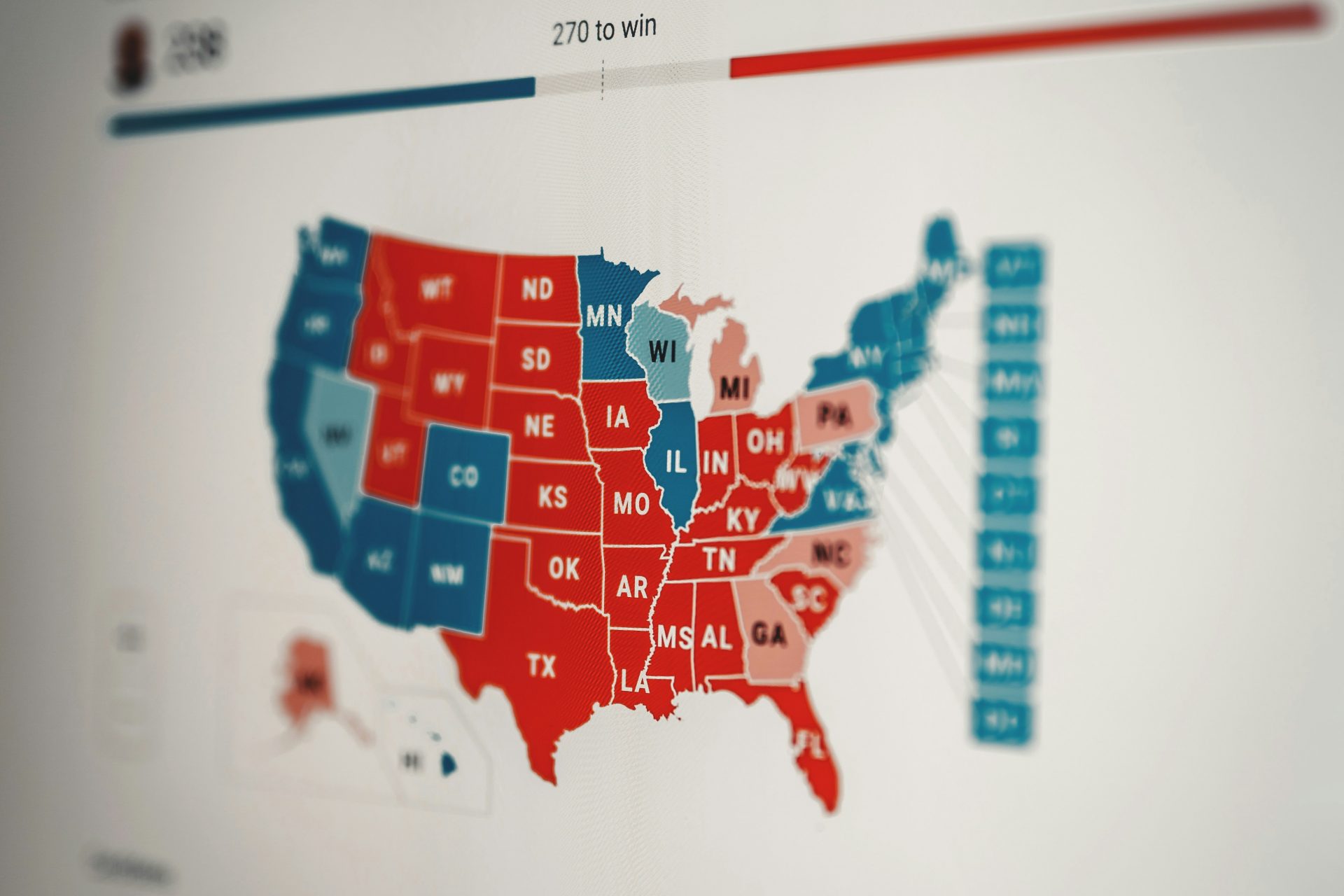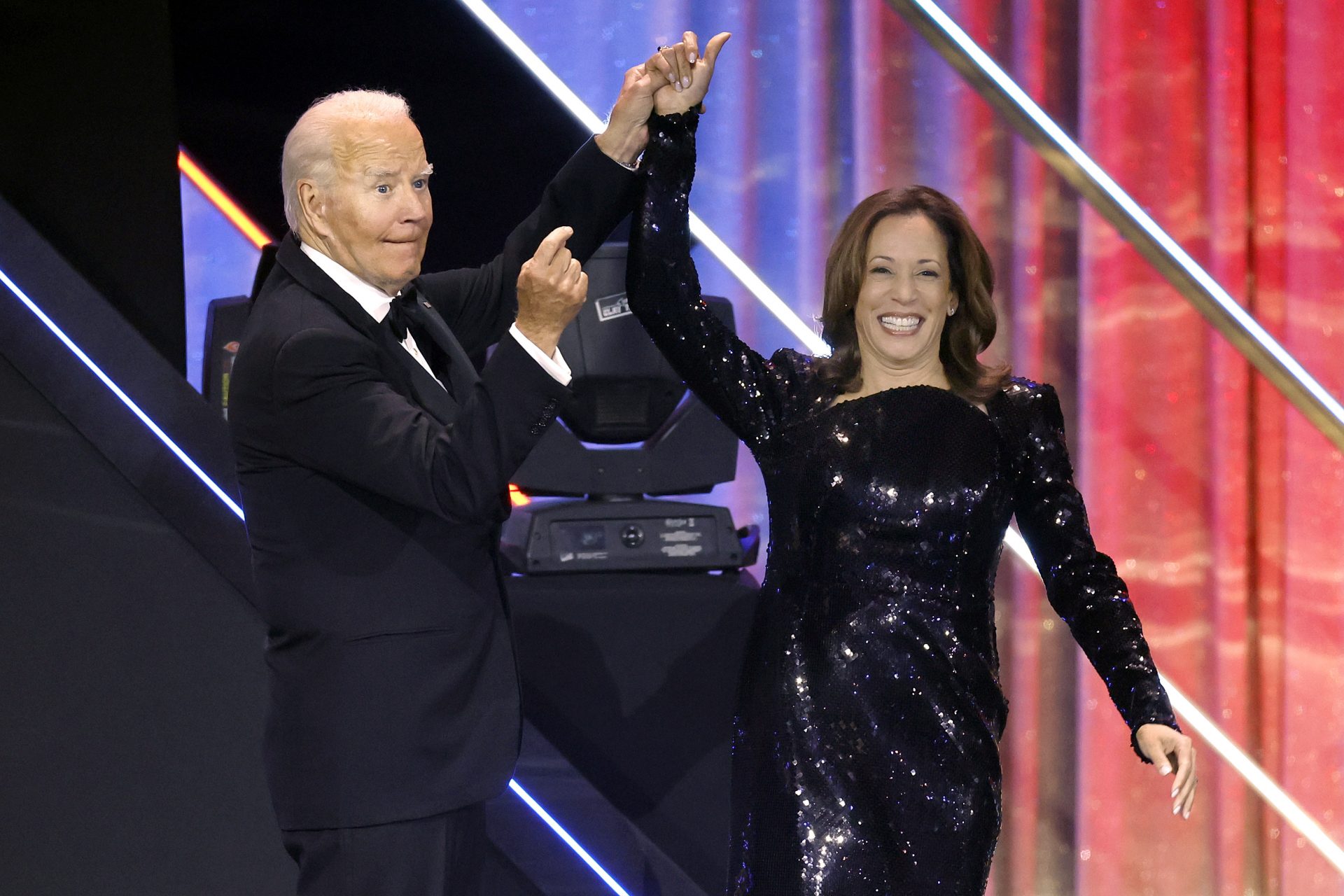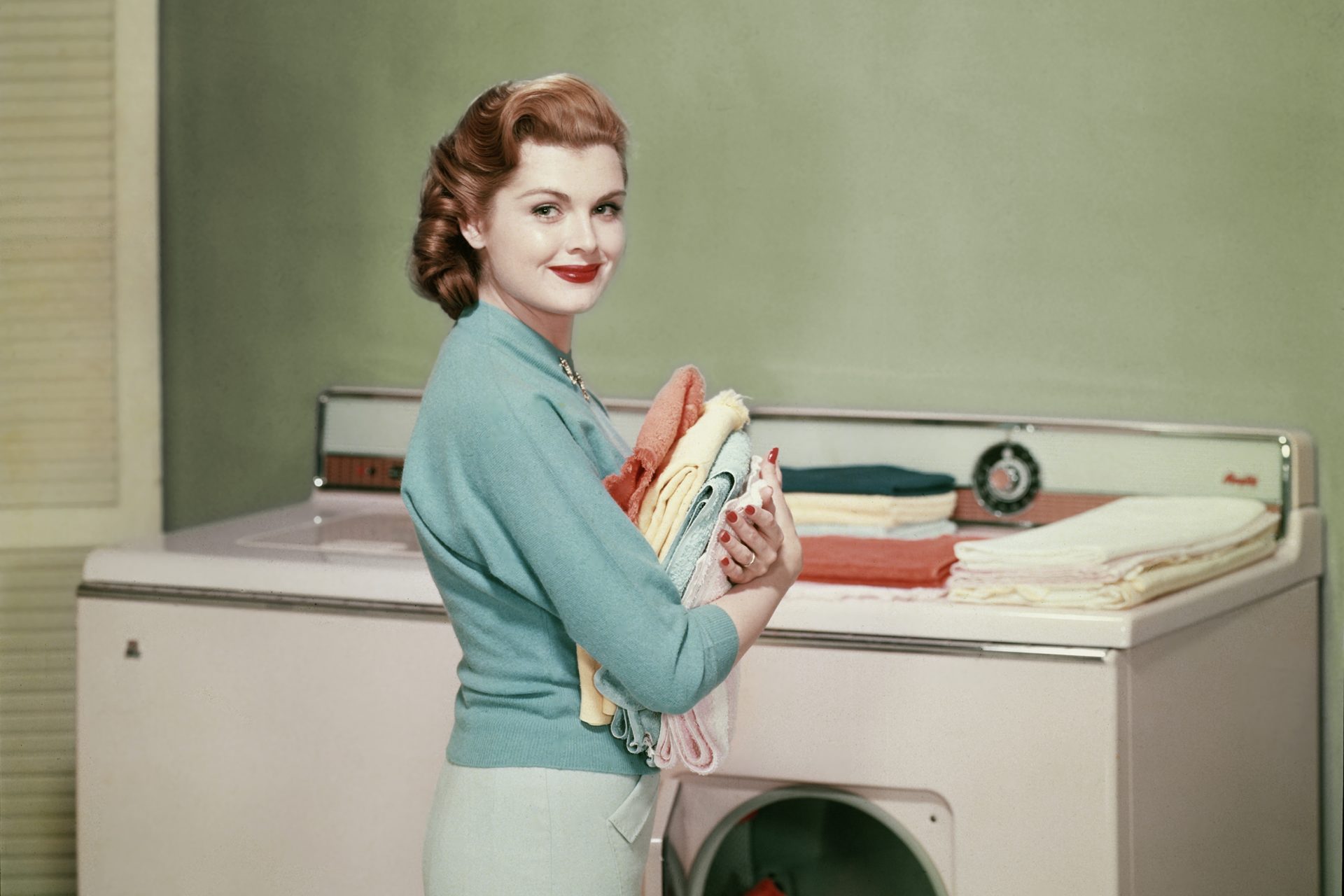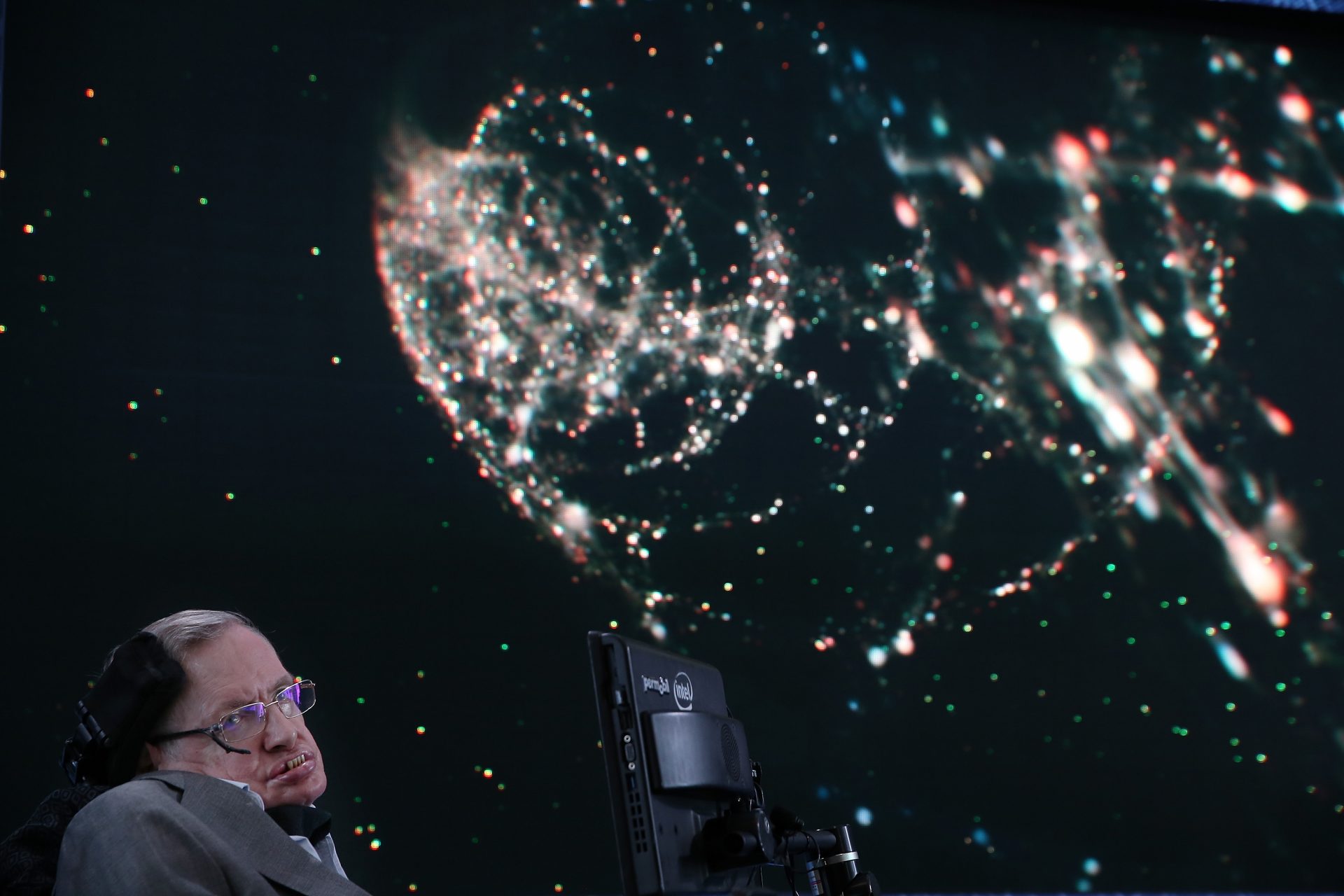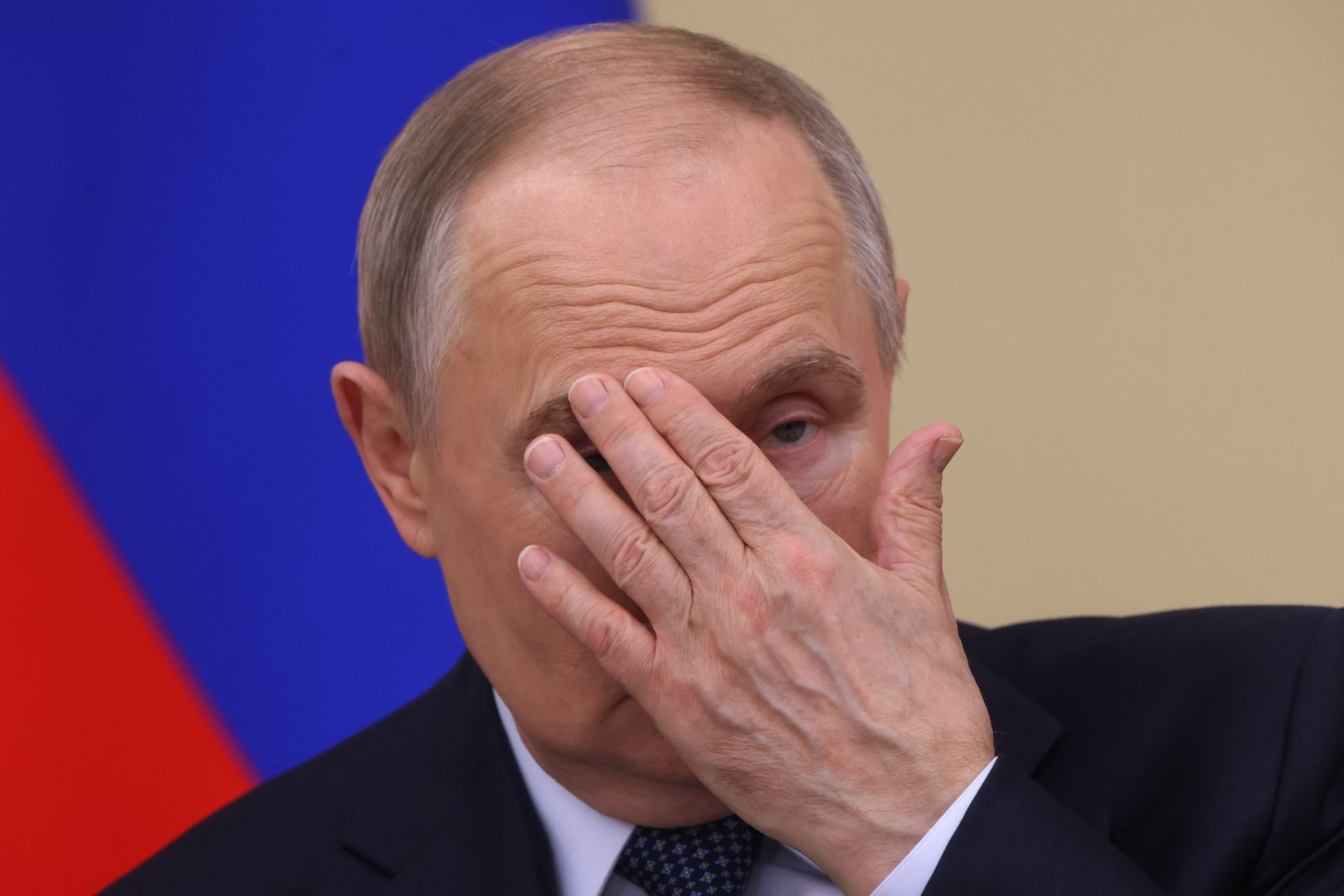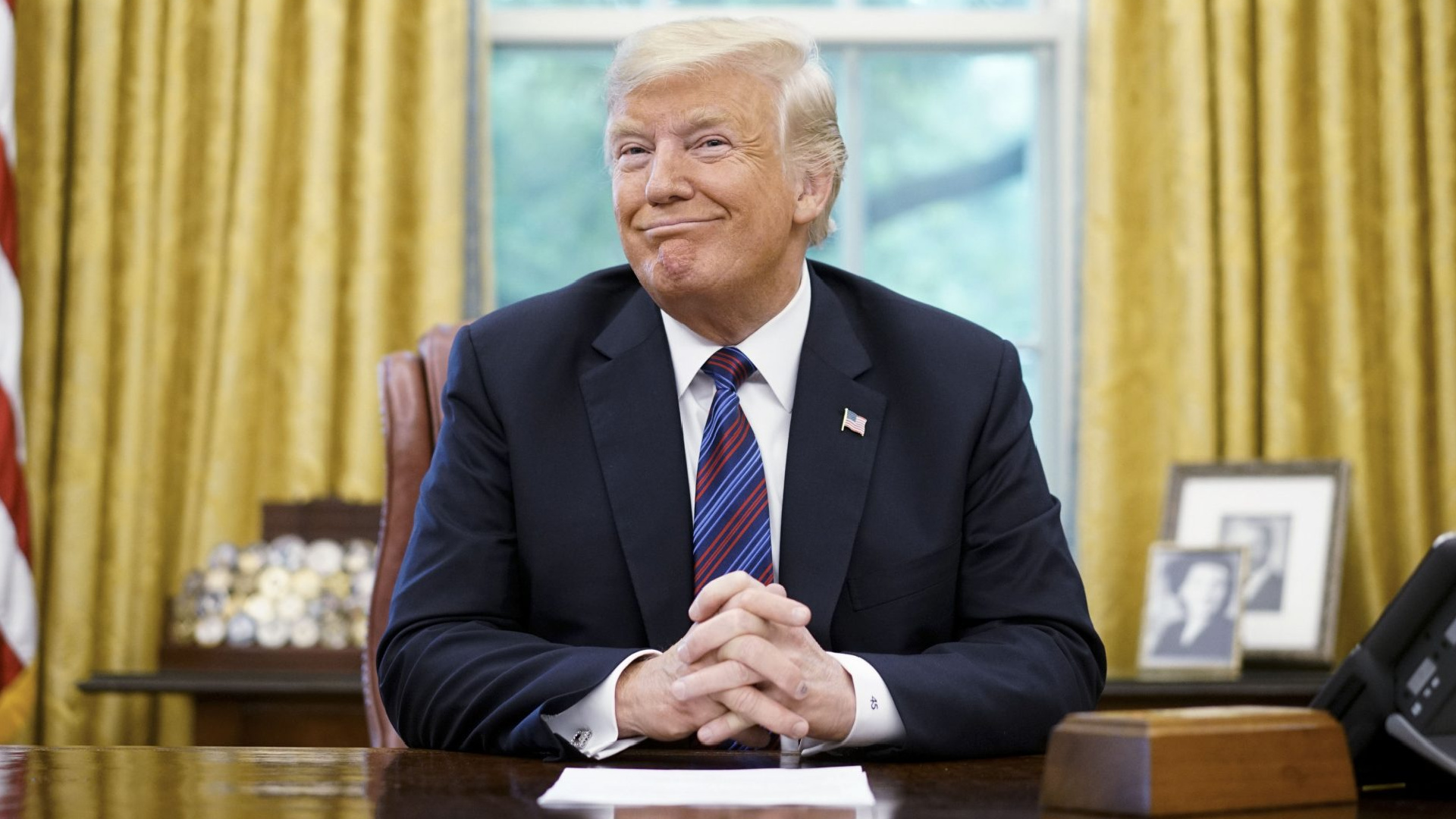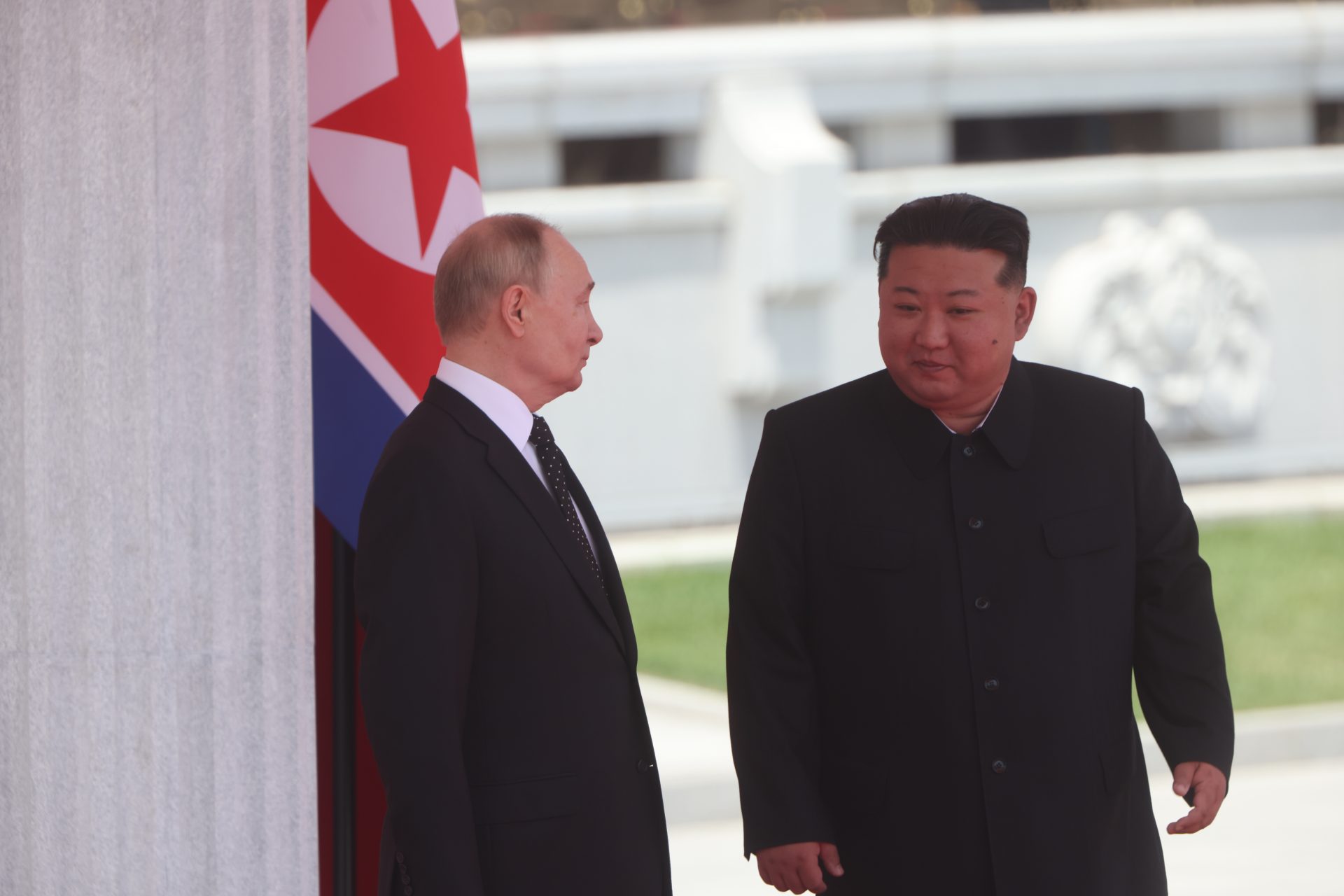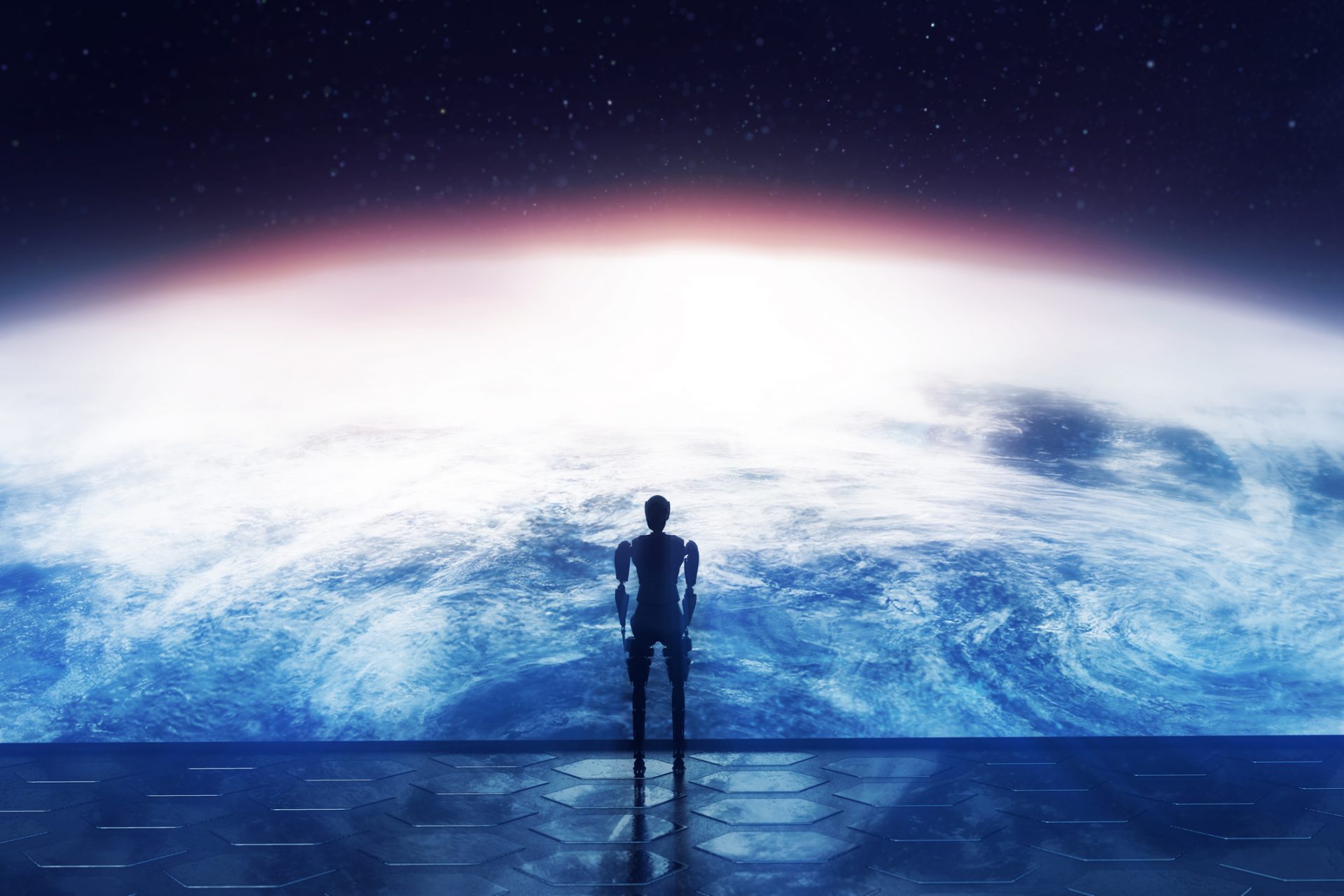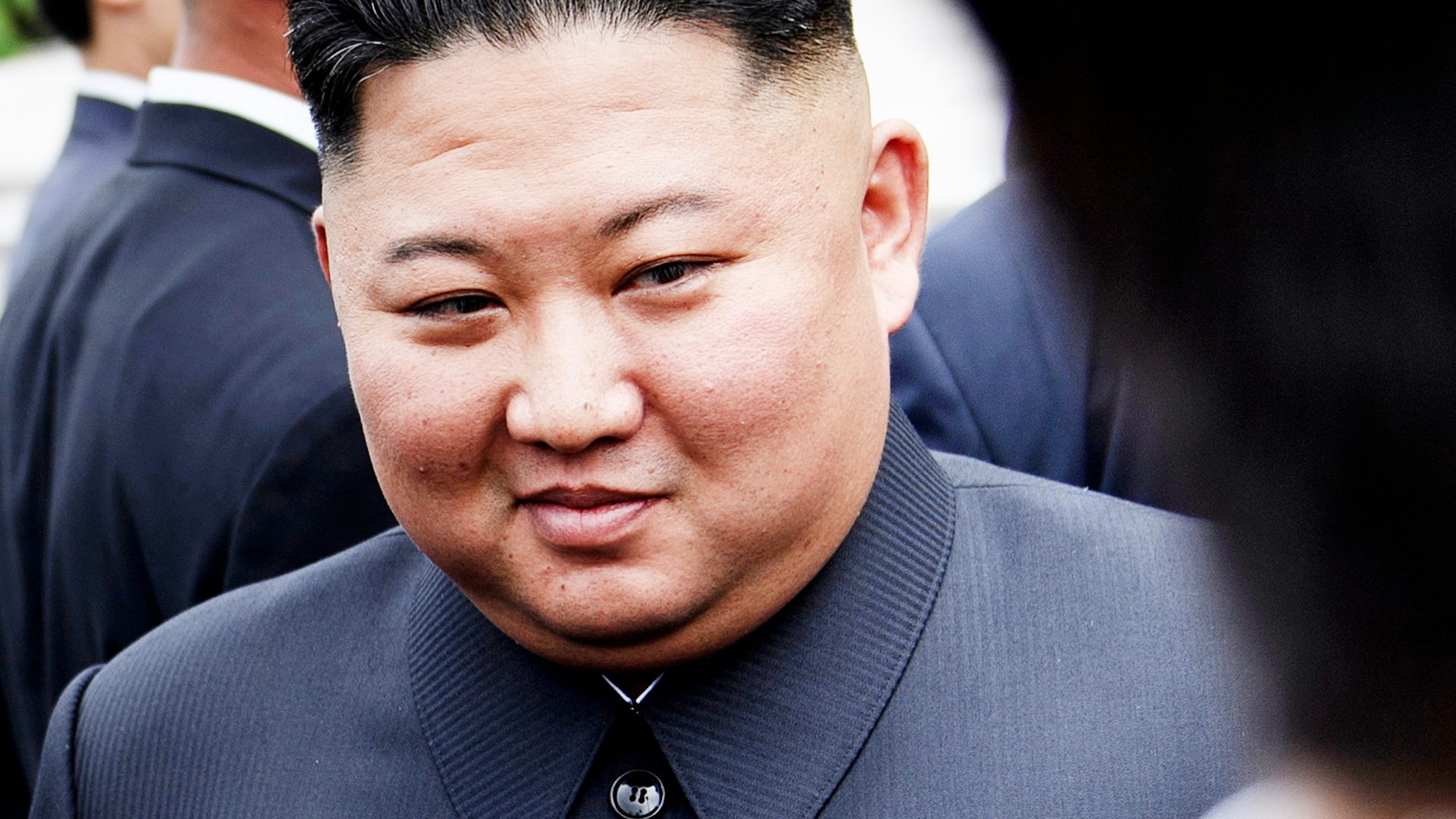Bipartisanship: How the United States became a two-party system
As long as people can remember, two political parties have defined the US politics. However, not people wonder how that came to be nor if that could change in the near future.
Red states and blue states. Conservatives and liberals. The GOP and the party of FDR and JFK. It’s impossible to separate US politics from the two-party system that has defined it for most of its history. However, this wasn’t always the case.
During the early years of the United States, there were no formal political parties. In fact, founding fathers such as James Madison and Alexander Hamilton decried the formation of political factions within the US government.
However, the nascent union drew new debates and questions: Should the United States have a strong, centralized government or be a federation of independent states? Should slavery extend to new US states? Should foreign policy be expansionist or isolationist?
These questions and many more created some of the first political factions such as the Federalists, the Democratic-Republicans, the Whig Party. However, these were far more fluid and less organized than modern political parties.
The Democratic Party dates its roots back to 1828, when several politicians and interested groups converged in support of Andrew Jackson’s presidential bid.
With almost 200 years under its belt, the Democratic Party is considered the oldest political party that is still active.
Although it’s important to point out that the original Democrats stood for a centralized government with a powerful executive branch, agrarianism, expansionism, and the interests of slave states.
The Republican Party suffered a similar evolution. Founded in 1854 from the ashes of the anti-Jacksonian Whig Party.
The party of Abraham Lincoln originally was known for championing causes seen as liberal, such as economic protectionism, individual liberties and the abolishment of slavery.
Both parties came to dominate US politics starting in the 1860s. It was around this time when political cartoonists would start to depict the Democrats and the Republicans as a mule and an elephant, respectively.
However, their evolution and how they virtually switched political positions wasn’t exactly clear-cut.
In the early 1900s, Republicans became associated with Northern industrialists and Laissez-faire capitalism. Not everyone agreed with these policies, with Republican US President Theodore Roosevelt pushing for antitrust measures.
Roosevelt would abandon the Republican Party, among with other moderates, and unsuccessfully run on a third-party ticket for his own Progressive Party.
A distant cousin of his, Franklin Delano Roosevelt, would introduce socially liberal programs with the New Deal in order to face the Great Depression, such as unemployment assistance, social security, and economic regulations.
At the same time, the Democratic Party virtually ruled the US South unopposed until the 1950s and 1960s, when the party started to support civil rights.
The Civil Rights Act of 1964, approved during the Johnson Administration, made great strides to provide equal liberties to the African American population.
Some Dixiecrats still remained within the party as holdovers until the 1990s. However, for the most part, white conservative Christians from the US South were left behind and the Republican Party found their chance.
Socially-progressive Republicans in the 1960s, such as Nelson Rockefeller, would lose ground to a new generation of party leadership that would aim to attract dissatisfied conservative voters, such as in the US South.
Richard Nixon is often credited for shifting the Republican Party further into the right, betting and winning big with his Southern Strategy, creating a solid conservative bloc in the US South.
Reagan would cement the foundation of the Republican Party as we know it today, one devoted to neoliberal policies and conservative values.
Believe it or not, it was in the year 2000 that blue became the color of the Democrats and red for the Republicans. This was due to the extensive voting recount in the state of Florida, causing an official result to drag on for weeks.
Image: claybanks / Unsplash
The election of Donald Trump in 2016 was a game changer for US politics, giving the Republican Party a new, more populist bent.
Trump lost to Joe Biden in 2020, which many hailed at the time as a return to the status quo of establishment politics.
However, the electoral defeat of Kamala Harris in 2024 revealed a galvanized Democratic Party, with radicals and moderates blaming each other about the political upset.
With Donald Trump back in the White House, it’s still too early to understand the full of ramifications of these recent changes in US politics and where the US two-party system will go from here.
More for you
Top Stories



